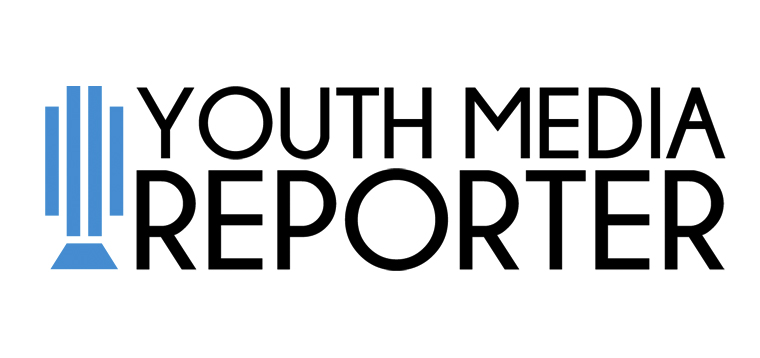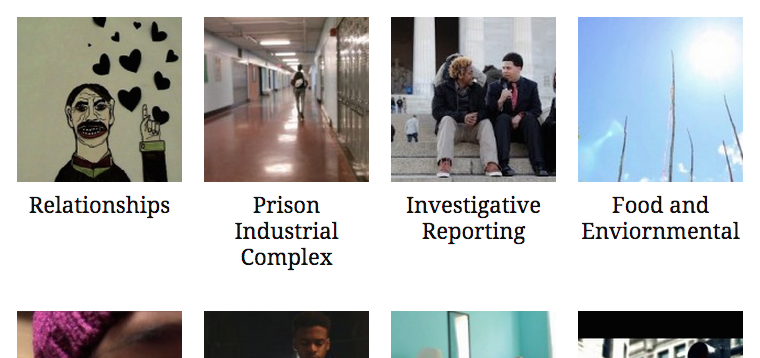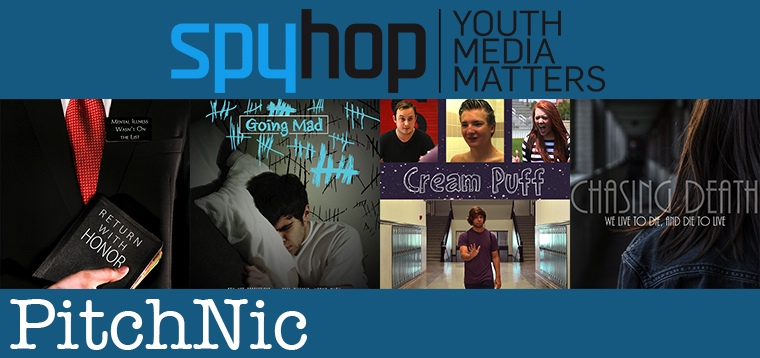The Editors at YMR are delighted to release this Special Issue, a collaborative project with The Alliance for Media Arts and Culture’s Consulting Producers, Myah Overstreet and Jason Wyman. Focused on youth media and creative youth development, the issue is inspired by The Alliance’s 50 State Dinner Party Project, exploring our past, present, and future.
The issue has been in the works since November 2016 when YMR and The Alliance joined together to issue a call for proposals for contributions of a variety of forms–poetry, video, audio, research, lesson plans, case studies–exploring the many histories, forms, and possibilities of youth media. The resulting issue, shaped by the vision of guest editor Myah Overstreet, creates space for multiple and expansive expressions of youth produced media.
We’re excited about the ways this Special Issue represents the continued desire for youth media makers, practitioners, educators, artists, and scholars to build a network of relationships and resources that we can engage to support and celebrate youth media programs. At the center of this work are the young people who are leveraging media practices and forms to envision more just, equitable, and sustainable communities. We thank the many contributors to this Special Issue who share their insights, practices, experiences, expertise, histories, and, of course, their desired futures.
When we first set to work on this Special Issue, some of us at YMR were participating in an online reading group focusing on Horton and Freire’s “talking book,” We Make the Road by Walking. To those conversations (archived on Twitter under the hashtag #HortonFreire), we brought perspectives from youth media and offered our experiences with the HYPE youth media program as a site where we intentionally aim to practice the critical pedagogies at the center of this conversation. Dialogue from Horton and Freire began to animate our conversations about youth media, in our youth media course, at HYPE, and in our work on producing the issue.
“..We had to start learning from the people we were working with,
and that we had to learn from each other.” (Horton and Freire, p. 41)
Also as we worked on this Special Issue, in the post-2016 election environment, we brought a sharpened awareness of what is at stake in this moment for critical educators, scholars, media artists and media makers. Works featured in this issue embody the importance of working together in new ways to address all that is at stake.
“As you walk you make the road,
and to look back is to see that never
can we pass this way again.” (Antonio Machado)
Paulo Freire reminds us, “reading has to be a loving event.” We hope that reading and viewing the work in this Special Issue can be just that, as you encounter the voices and visions of individuals and collaborators who are making, and remaking, the many roads of youth media.
The YMR Editorial Team
Jenna Azar, Tony Dalton, Aggie Ebrahimi Bazaz, and Lora Taub-Pervizpour
Department of Media and Communication
Muhlenberg College
Allentown, PA




